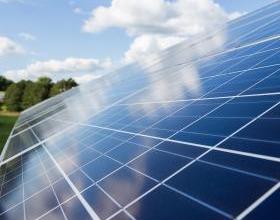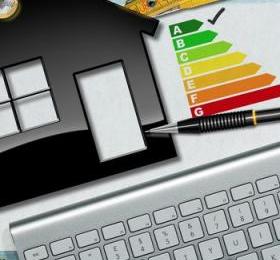The publication in Official Gazette number 34 of 2020 of the DL Relaunch brought us an official text; although it could be retouched in the passage to the Chambers for conversion into law which must arrive by 18 July next.
The Superbonus is the new 110% tax deduction for energy efficiency and anti-seismic interventions. What does it consist of?
The news compared to the draft
Compared to the text entered into the Council of Ministers, the version published in the Journal has two novelties:
- the possibility of accessing the increased incentive also opens to real estate units that are not the main residence, if they are in a condominium.
- Superbonus for anti-seismic works is also expressly recognized for interventions on buildings in seismic zone 3 (previously there was only an exclusion for zone 4).
The measure: for whom and how
The new 110% deduction introduced with article 119 of the Legislative Decree applies to interventions carried out from July 1, 2020 to December 31, 2021.
The relative credit will be transferable without limit, also to the banks. In addition, it offers the possibility of obtaining it as an invoice discount. The disbursement, however, was set in 5 years against the current 10.
The measure will be applied to natural persons (not in the exercise of companies, arts or professions) as well as condominiums and IACPs and housing cooperatives.
For energy efficiency measures, the Superbonus is only valid for works on buildings used as main homes (therefore second homes seem to be admitted if they are condominium units).
The interventions allowed
The "strong nucleus" of the works admitted to the new enhanced deduction consists of thermal insulation of the envelope, replacement of winter air conditioning systems and anti-seismic interventions.
Both photovoltaic and batteries like all other interventions that currently access the eco-bonus for energy efficiency, are entitled to 110% relief only if combined with interventions of the types mentioned: thermal insulation, replacement of the air conditioning system or anti-seismic adjustments.
The columns for recharging electric vehicles are instead incentivized with Superbonus only if combined with insulation and replacement of air conditioning: therefore, it is not enough to carry out seismic interventions.
For the anti-seismic interventions admitted to the Superbonus. In case of transfer of the corresponding credit to an insurance company and concurrent stipulation of a policy that covers the risk of catastrophic events, there is a 90% deduction on this. Works in seismic zone 4, the least dangerous, are not entitled to the Superbonus.

Energy requirements
As a whole, the incentivized energy redevelopment interventions must guarantee the improvement of at least two energy classes, or, if not possible, bring the home to the highest achievable energy class. This must be demonstrated with a pre and post-intervention energy performance certificate (APE), (issued by a qualified technician in the form of the certified declaration).
All incentivized energy efficiency interventions must also comply with minimum requirements.
Conditions and spending limits for insulation and air conditioning systems
The permitted thermal insulation interventions - and which, such as the replacement of the air conditioning system and the anti-seismic adjustments, also entitle the deduction to 110% for other works - must concern vertical and horizontal opaque surfaces affecting the building envelope with an incidence greater than 25% of the gross dispersing surface.
The eligible expenditure is 60,000 multiplied by the number of real estate units that make up the building and the insulating materials used must comply with the minimum environmental criteria (referred to in the decree of the Ministry of the Environment and Land and Sea Protection 11 October 2017, published in the Official Journal of 6 November 2017).
The replacement of existing winter air conditioning systems, as mentioned, is allowed both for common parts of buildings and for single-family buildings.
In the first case (common parts) the system must be replaced with centralized systems; in both cases, the spending limit is € 30,000 per real estate unit and the system must be replaced by air conditioning and DHW appliances with efficiency at least equal to class A, with heat pump, including hybrid or geothermal systems, also combined with the installation of photovoltaic systems and related storage systems, or with micro-cogeneration systems.
For other energy efficiency intervents that today benefit from the eco-bonus, the spending limits remain those set by the current law.
Limits and conditions for photovoltaics
For photovoltaics and batteries, the 110% relief cannot be combined with other public incentives and other forms of facilitation of any kind provided for by European, national and regional legislation (including guarantee and rotation funds) and the deduction to the 110% is subject to the sale in favor of the GSE of energy not self-consumed on site.
The spending limit for PV and batteries is 48 thousand euros in total. For the storage systems to be combined with the PV there is then a spending limit of 1,000 for each kWh of storage capacity, while for photovoltaics the ceilings are different depending on the case: for installations on existing buildings the limit is at 2,400 € / kW of power, while it drops to 1,600 € / kW in the case of building renovation, new construction and urban restructuring.





